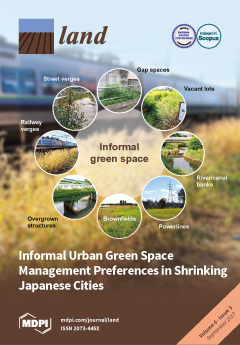Resource information
The global food market makes international players intrinsically connected through the flow of commodities, demand, production, and consumption. Local decisions, such as new economic policies or dietary shifts, can foster changes in coupled human–natural systems across long distances. Understanding the causes and effects of these changes is essential for agricultural-export countries, such as Brazil. Since 2000, Brazil has led the expansion of soybean planted area—19 million hectares, or 47.5% of the world’s increase. Soybean is among the major crop commodities traded globally. We use the telecoupling framework to analyze (i) the international trade dynamics between Brazil and China as the cause of the increased production of Brazilian soybean since 2000; (ii) and the cascading effects of the Sino-Brazilian telecoupled soybean system for Brazilian maize production and exports, with attention to consequences on domestic prices, availability, and risks associated with climatic extreme events. Census-based data at state and county levels, policy analysis, and interviews with producers and stakeholders guided our methodological approach. We identified that the Brazilian soybean production decreased maize single crop production and accelerated maize as a second crop following soybean, a practice that makes farmers more vulnerable to precipitation anomalies (e.g., rainfall shortage). In addition, the two-crop system of soybean/maize pressures the Brazilian maize market when unexpected events such as extreme droughts strike and when this results in a failed maize harvest in the second crop, most of which is for domestic consumption rather than export. Our study suggests the need to incorporate the telecoupling framework in land use decision-making and understanding landscape changes.


